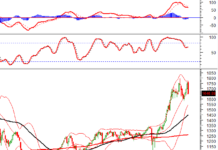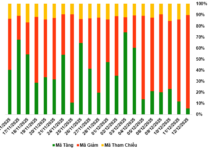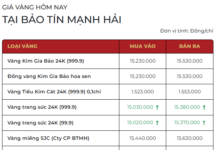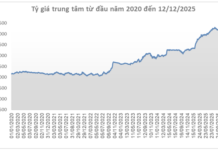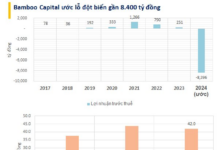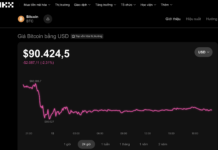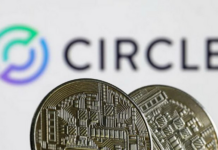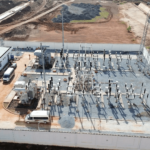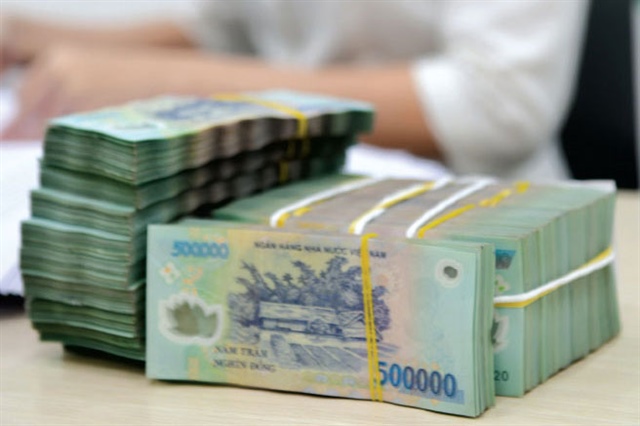
VPBank raises rates for the second time in two weeks, increasing by 0.3 percentage points for terms of 12 months and above. Photo: LE VU |
Interest rates have bottomed out and are on the rise again.
The State Bank of Vietnam (SBV) has raised the refinancing rate and the discount rate on the open market operation (OMO) channel in the session of May 22, 2024. Specifically, SBV lent nine members nearly VND 25,000 billion through the OMO channel with a term of seven days at an interest rate of 4.5%/year.
Compared to the previous session, both the lending volume and interest rate have been adjusted upward. This is also the second time SBV has raised interest rates on the OMO channel in the past month. Previously, the agency increased the refinancing rate from 4%/year to 4.25%/year in the session of April 23.
On the same day, May 22, 2024, SBV issued bills worth VND 650 billion with a term of 28 days, with a winning interest rate of 4%/year (up from 3.9%/year in the previous session).
|
At this point, three conflicting interests emerge: (1) keeping borrowing rates low to support the economy; (2) maintaining deposit rates at a reasonable level to encourage funds to stay in commercial banks and manage the interest rate differential between VND and USD; (3) ensuring that commercial banks have sufficient profits to build reserves and increase provisions for potential bad debt. |
The rate hikes on the OMO channel and the discount rate indicate SBV’s intention to push up short-term interest rates. This move comes as the USD/VND exchange rate has consistently been listed by commercial banks at the ceiling level and higher than the SBV’s intervention rate. In other words, this development was anticipated and expected to occur sooner or later. The transaction volume and the magnitude of the rate increase were also not surprising.
Along with the higher short-term interest rates on SBV’s OMO and bill channels, commercial banks have also pushed up their deposit interest rates, with some banks offering rates as high as 6%.
In other words, the overall interest rate level in the economy may have bottomed out and is unlikely to decrease further, given SBV’s efforts to manage the exchange rate without causing excessive tension. One of the key factors in this equation is maintaining a manageable differential between VND and USD interest rates to prevent expectations of further USD appreciation and encourage USD hoarding.
Some analysts suggest that the rate hikes on the OMO channel and bills help alleviate the pressure on SBV to sell foreign currency for intervention. Despite SBV’s intervention sales of over USD 3.5 billion in the past month, the selling rate of USD at commercial banks has remained at the ceiling level and even exceeded the intervention rate.
The question arises as to whether this is just a rate hike to align with exchange rate targets or a signal of a policy shift, marking an end to the accommodative monetary policy to support the economy?
I do not believe it signifies a fundamental change in policy stance. This rate adjustment needs to be viewed in the context of increasing exchange rate pressure and the tendency of people withdrawing savings to invest in gold. In other words, it is a “braking” phase in response to the generally low VND interest rates amid surging gold prices and expectations of sustained high USD interest rates in the international market. Some analysts even predict that the US Federal Reserve (Fed) will cut interest rates only once or not at all this year. This represents a significant shift from the earlier forecast of five cuts (or even seven, according to some organizations) at the end of last year and the beginning of this year.
Therefore, the actions of SBV and Vietnamese commercial banks are merely adjustments to adapt to the new situation. Maintaining low interest rates to support the economy will likely remain the primary objective of SBV and the government. In other words, the stance of using monetary policy to support the economy as much as possible will be upheld.
This perspective is reinforced by the challenging credit conditions faced by the economy. For example, in Ho Chi Minh City, the economic powerhouse, credit growth in the first four months of this year was only 1.31%.
Meanwhile, the government continues to encourage further reductions in lending rates. In Document No. 231/TB-VPCP dated May 18, 2024, the Prime Minister requested a “continued effort to reduce lending rates by 1-2%, especially for traditional growth drivers, emerging sectors, digital transformation, green transition, and social housing.”
Given the pressure on credit growth and the directive to find ways to lower lending rates, SBV and commercial banks will have to strive to prevent a rapid increase in interest rates in the near future while maintaining their supportive stance for the economy.
However, while this may be the desired outcome, achieving it in practice is a different matter.
The short-term challenges in monetary policy implementation
In the short term, exchange rate pressure is expected to persist for some time, driven by factors such as USD demand for imports, the Fed’s maintenance of high USD interest rates, and the incentive to keep savings in banks.
The situation is further complicated by the fact that these developments are occurring against the backdrop of Circular No. 02/2023/TT-NHNN on debt restructuring and debt classification, which is expected to be extended until the end of 2024.
This extension is anticipated to have two main effects. First, some businesses may have access to new capital, leading to an increase in loan demand in the coming months. Second, commercial banks will aim to boost profits to build reserves and increase provisions for potential bad debts that may arise after the expiration of Circular 02 – when they will be required to recognize some of the currently restructured debts as non-performing.
Both of these factors make it challenging to lower interest rates significantly (increased loan demand and the need to maintain interest rate margins will push up overall interest rates). Additionally, SBV faces the pressure of maintaining VND interest rates not too far from USD rates.
However, keeping VND deposit rates relatively high conflicts with the government’s directive to reduce lending rates by 1-2% to support the economy. Once again, we are faced with three conflicting interests: (1) keeping borrowing rates low to support economic growth; (2) maintaining deposit rates at a reasonable level to encourage funds to stay in commercial banks and manage the interest rate differential with USD; (3) ensuring that commercial banks have sufficient profits to build reserves and increase provisions for potential bad debts.
This challenging situation is expected to ease towards the end of the year when exchange rate pressure is anticipated to subside. However, this is just a prediction, and even if it holds true, the pressure on interest rate and exchange rate management until then remains significant.
Ho Quoc Tuan – Lecturer at the University of Bristol, UK



